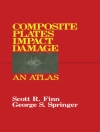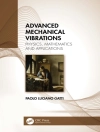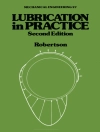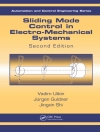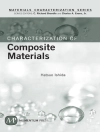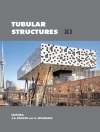This book presents some developments in the field of welding technology. It starts with classical welding concepts, covering then new approaches. Topics such as ultrasonic welding, robots welding, welding defects and welding quality control are presented in a clear, didactic way. Lower temperature metal-joining techniques such as brazing and soldering are highlighted as well.
Mục lục
Chapter 1. Friction Stir Welding (Suman Kalyan Das).- Chapter 2. Fundamentals of friction stir welding, its application, and advancements (Atul Kumar Choudhary).- Chapter 3. Modelling of Friction Stir Welding Processes (N. Bhardwaj).- Chapter 4. An Application from a Defect – a Friction Stir Channeling Approach (Pooja Sarkar).- Chapter 5. Welding of Dissimilar Metals – Challenges and a Way Forward with Friction Stir Welding (Suryakanta Sahu).- Chapter 6. Microstructure and Texture in Welding: A Case Study on Friction Stir Welding (Soumya Sangita Nayak).- Chapter 7. Tubular Structures: Welding Difficulty and Potential of Friction Stir Welding (Debolina Sen).- Chapter 8. Industry 4.0 in Welding (Debasish Mishra).- Chapter 9. Comparative Study of Laser Weldability of Titanium Alloys (J.M. Sánchez-Amaya).- Chapter 10. A novel high efficiency Keyhole Tungsten Inert Gas (K-TIG) Welding: principles and practices (Yonghua Shi).- Chapter 11. Fatigue analysis of dissimilar metal welded joints of316L Stainless steel/ Monel 400 alloy using GTAW (Cherish Cherish Mani).- Chapter 12. Industrial pipeline welding (Spyros Papaefthymiou)
Giới thiệu về tác giả
J. Paulo Davim is Professor at the Department of Mechanical Engineering of the University of Aveiro and Head of MACTRIB – Machining and Tribology Research Group. He is Editor-in-Chief of six international journals, Guest Editor of journals, books Editor, book Series Editor and Scientific Advisory for many international journals and conferences.



